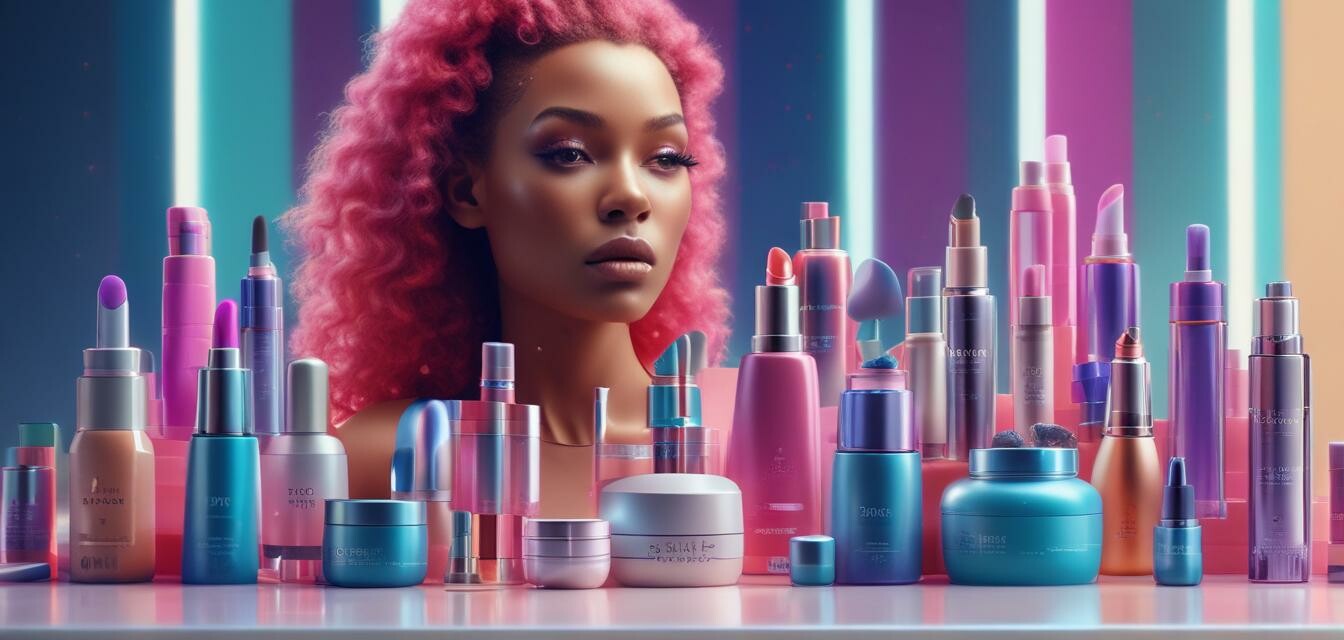
The Future of Inclusive Beauty in 2025
Key Takeaways
- The beauty industry is increasingly prioritizing inclusivity for Black consumers.
- Technological advancements are shaping personalized beauty solutions.
- Brands are expanding their product lines to cater to diverse beauty needs.
- Consumers are becoming more vocal about their demands for representation.
- The role of social media in beauty trends is growing stronger.
The beauty landscape is constantly evolving, and as we approach 2025, inclusivity remains one of the pivotal themes shaping the industry. For Black consumers in particular, the need for diverse representation is at the forefront. This article will explore various trends and predictions that will influence inclusive beauty over the next few years.
1. The Rise of Personalized Beauty Solutions
Technology is transforming how beauty products are created, marketed, and sold. By 2025, we expect to see a significant increase in personalized beauty solutions that cater specifically to the needs of Black consumers. Here’s how:
- Advanced AI and machine learning will analyze individual skin tones and types.
- Customized skincare and makeup formulations will become more common.
- Virtual try-on technologies will allow consumers to find their perfect shades effortlessly.
Table: Approaches to Personalization in Beauty
| Approach | Description | Benefits |
|---|---|---|
| AI Skin Analysis | Using AI to analyze skin conditions and recommend tailored products. | More effective, targeted solutions for unique beauty needs. |
| Custom formulations | Creating products based on individual preferences and requirements. | Greater satisfaction and loyalty from consumers. |
| Virtual Try-Ons | Augmented reality tools for consumers to test products online. | Convenience and reduced returns due to better fit. |
2. Expanding Product Lines
As the demand for diversity in products continues to grow, brands will be compelled to expand their offerings:
- More shade ranges will be developed for complexions traditionally overlooked.
- New lines focused specifically on textured hair care will emerge.
- Inclusive marketing initiatives will become standard practice.
Table: Expected Trends in Product Offering
| Trend | Description |
|---|---|
| Expanded Shade Ranges | More comprehensive color options tailored to various skin tones. |
| Texture-Specific Hair Care | Launch of products designed specifically for different hair textures. |
| Inclusive Marketing | Campaigns focusing on real representation and authenticity. |
3. The Voice of Consumers
Today's consumers are empowered and vocal about their needs. Social media platforms have become stages for dialogue about beauty standards, and this will only intensify:
- Influencers will continue to lead discussions on representation.
- Brands that listen to and engage with their audience will thrive.
- Activism in beauty will increase, driving products that reflect diverse identities.
4. The Impact of Social Media
Social media will play an even larger role in shaping beauty trends by 2025:
- Platforms like Instagram and TikTok will be central to product launches.
- User-generated content will influence purchasing decisions.
- Beauty challenges and trends will come and go rapidly, leading to greater innovation.
Table: Social Media Influence on Beauty
| Platform | Influence |
|---|---|
| Visual platform for brand storytelling and new launches. | |
| TikTok | Viral trends that rapidly define popular beauty products. |
| YouTube | Long-form reviews and tutorials guide consumer choices. |
Conclusion
As we look towards the future, it is clear that inclusivity in beauty is not just a trend but a vital movement. With advancements in technology, the voice of consumers, and the impact of social media, brands will need to commit fully to creating products and experiences that celebrate diversity. By 2025, we anticipate a beauty landscape that is more reflective of its consumers than ever before.
Pros
- Enhanced representation for Black consumers in beauty.
- Innovative technologies improving personalized experiences.
- Broader choices and acceptance of diverse beauty standards.
Cons
- Potential for oversaturation of products, leading to confusion.
- Brands failing to deliver on promises, causing mistrust.
- Rapid changes may outpace consumer education on new trends.
To learn more about the latest developments in the beauty industry, visit our News and Trends section. For practical tips on selecting the right products for your beauty regimen, check out our Buying Guides.